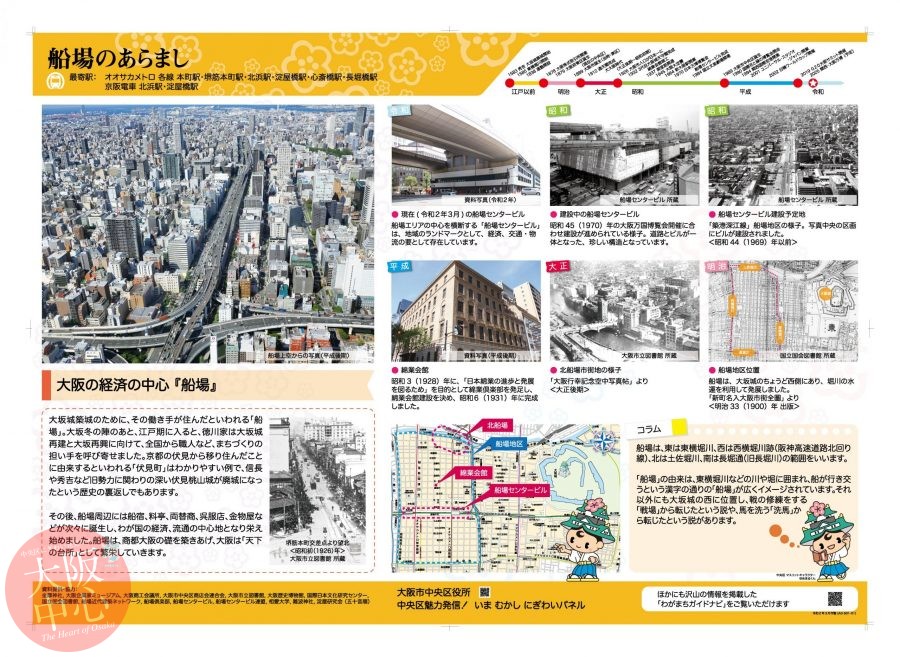
A0S01 – Semba at a Glance
Semba, the financial heart of Osaka Semba is said to have been where the worke …
中央区の歴史をパネルにしてみました。江戸時代絵図から現代の写真まで、歴史ある中央区のを絵と写真で解説。
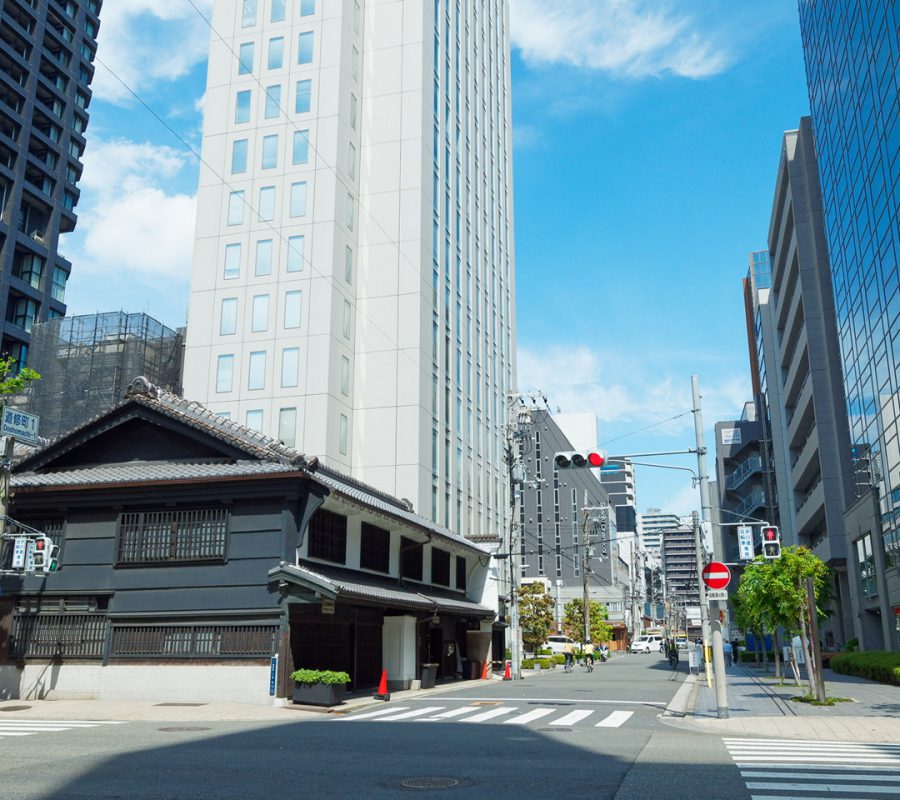
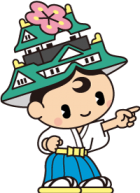
It is said that Doshomachi became an area for medicine in the Kan’ei era (1624-1644), when a wealthy merchant from Sakai named Konishi Kichiemon opened an apothecary there.
A government-approved organization called the Doshomachi Yakushu Nakagai Nakama (Medicine Traders Guild) inspected medicines collected in Doshomachi, set proper prices for them, and supplied them exclusively around the country. Even today, a number of pharmaceutical and other drug-related companies can be found in Doshomachi.
In addition, since the Edo period (1603-1867), people living in this area had been pooling their resources to build schools and institutions for young people and apprentices so that they can balance their work and education. The roots of schools such as Osaka University of Pharmaceutical Sciences and the Osaka University School of Pharmaceutical Sciences also lie in Doshomachi.
*The Japanese-style building seen in the foreground is the Former Konishi Residence (Konishi Gisuke’s store).
It has integrated the essence of Osaka’s Machiya buildings in modern times, and has been designated as a national Important Cultural Property.
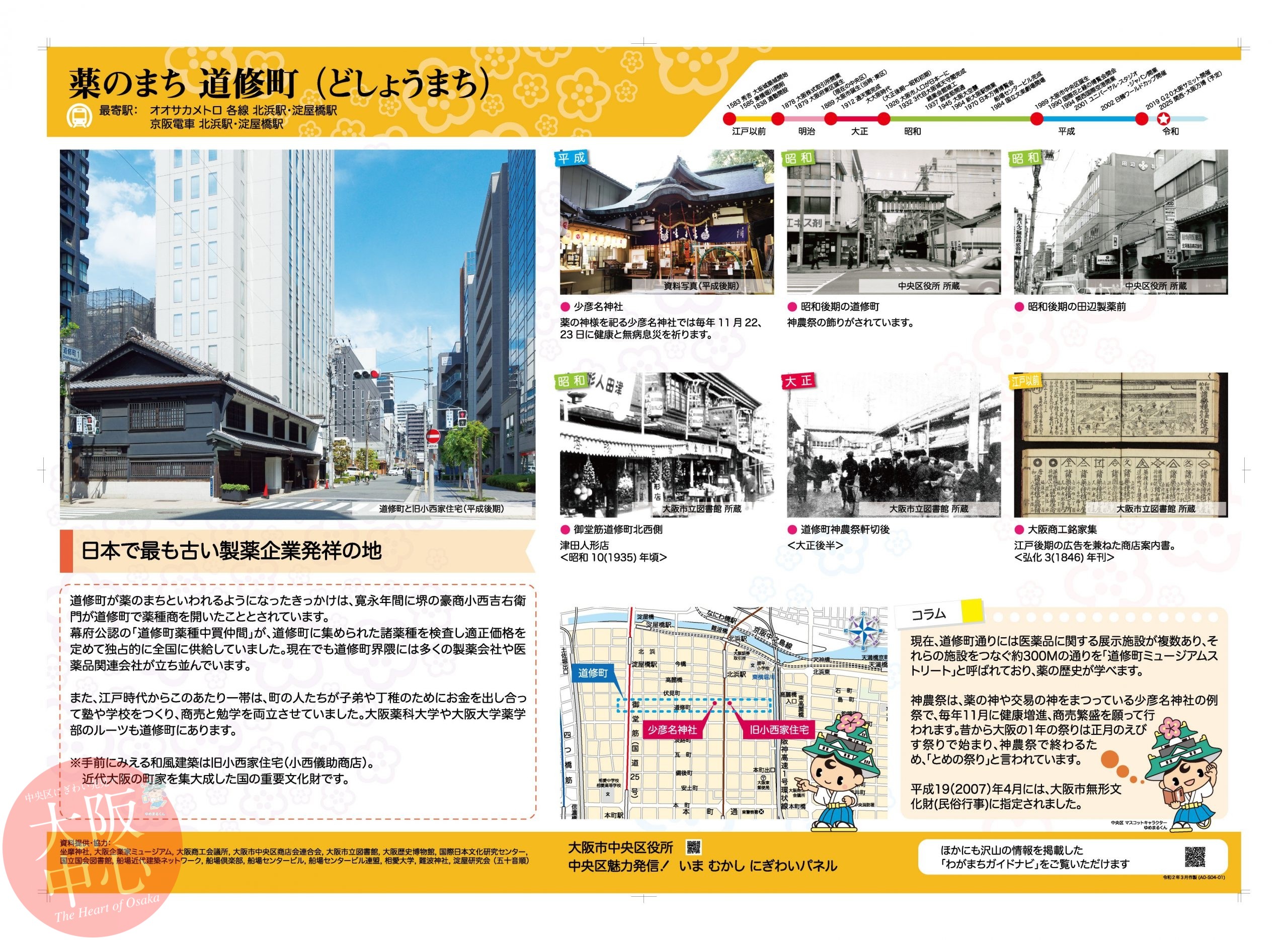
There are a number of exhibition facilities relating to medicine along Doshomachi-dori, and the roughly 300-meter stretch of that road that connects these facilities is known as Doshomachi Museum Street, where you can learn about the history of medicine.
The Shinnosai Festival is an annual festival held at Sukunahikona Shrine, at which the deities of medicine and trade are enshrined, and every November participants attend in the hopes of being blessed with good health and business success. Traditionally, the yearly calendar of festivals in Osaka begins with the Ebisu Festival in early January and ends with the Shinnosai Festival, so it is referred to as “Tome-no-matsuri” (the last festival).
It was registered as an Intangible Cultural Property (folk event) of Osaka City in April 2007.
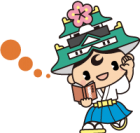

Semba, the financial heart of Osaka Semba is said to have been where the worke …
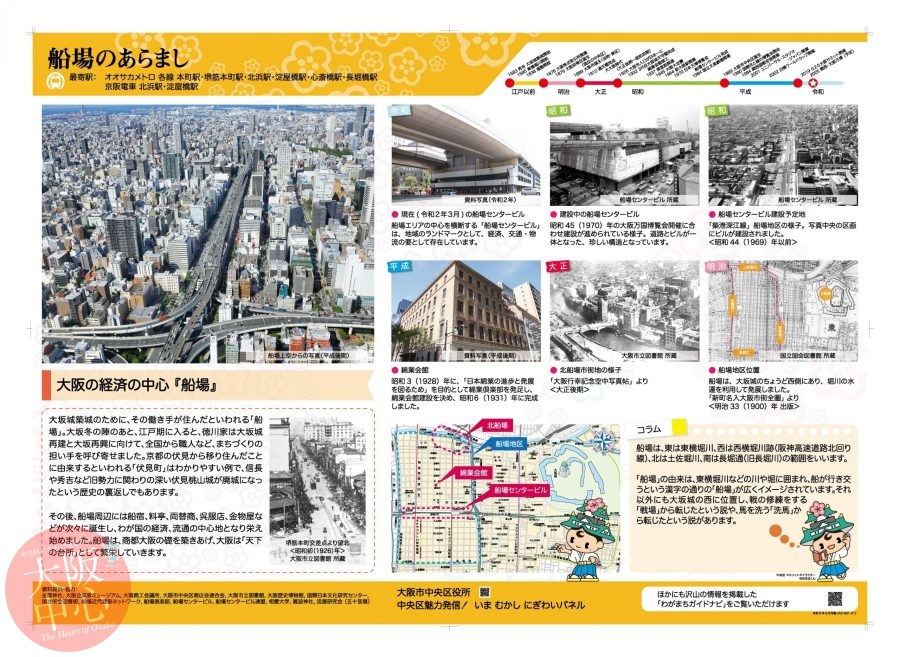
The history of the merchant Yodoya and Yodoyabashi Bridge Yodoyabashi Bridge, …
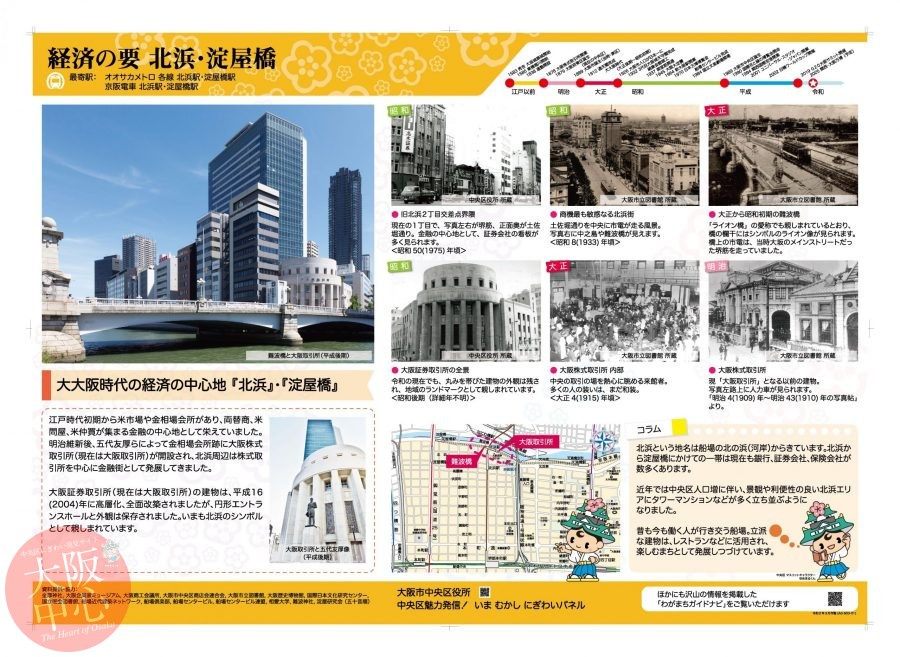
Kitahama and Yodoyabashi were the economic center during the Dai-Osaka (Great …

Birthplace of Japan’s oldest pharmaceutical company It is said that Doshomachi …

Semba Center Building and the wholesale district The Semba area, which centers …
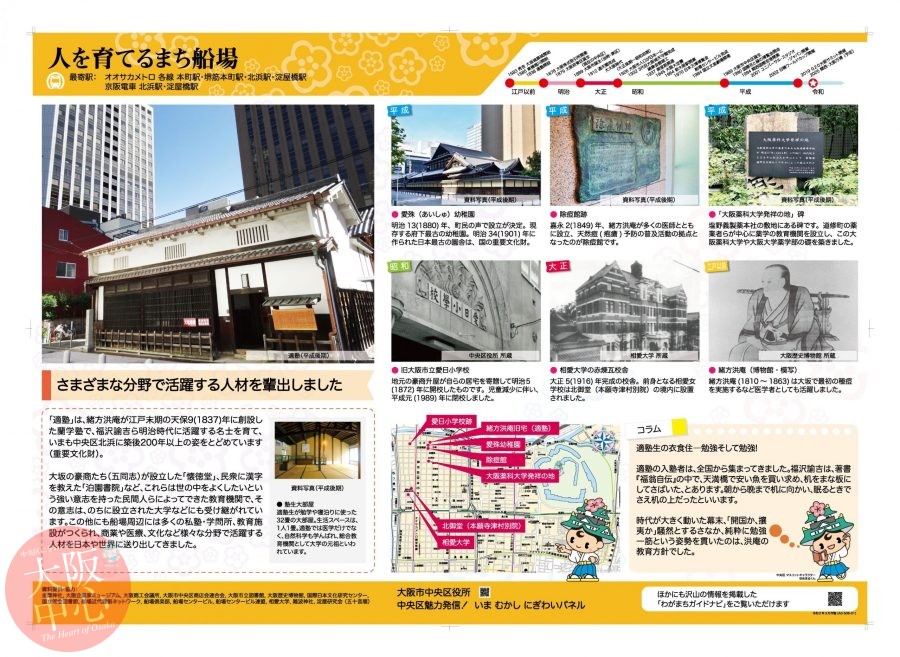
Developing a workforce that contributes to various fields Tekijuku is a Rangak …
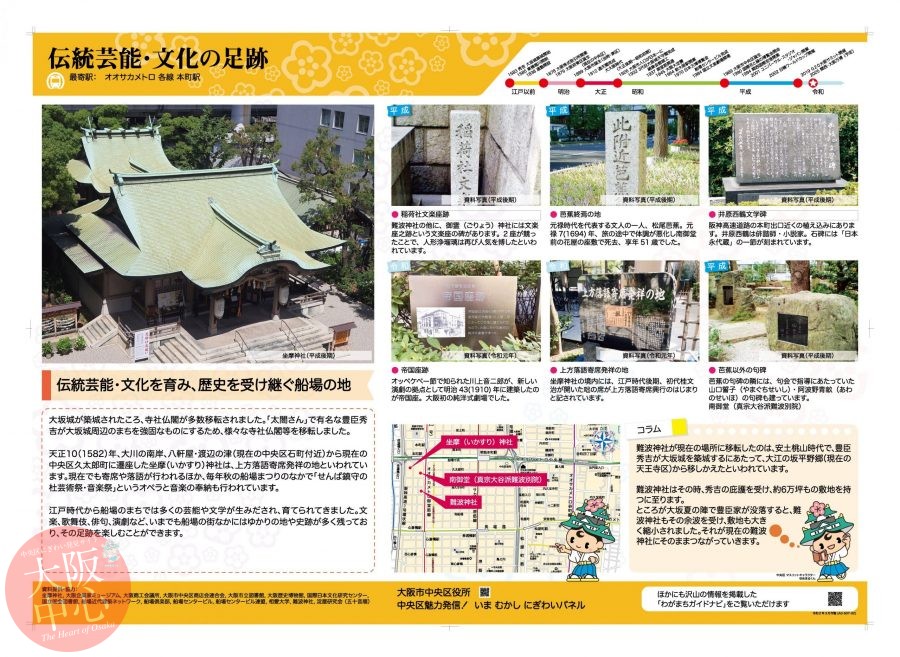
Semba, embracing traditional performing arts and culture and inheriting histor …
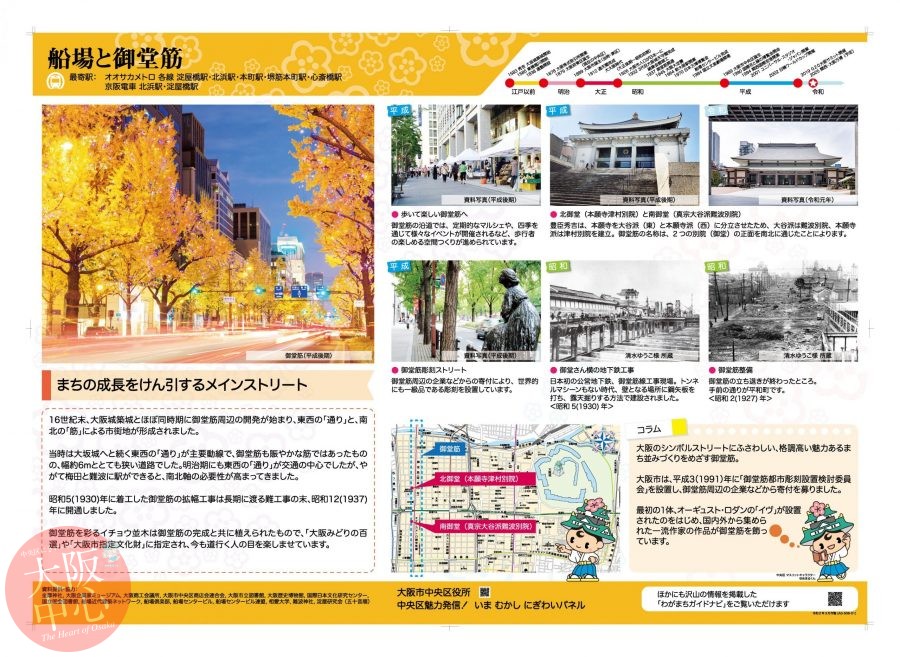
The city’s main street, leading the way to prosperity At the end of the 16th c …
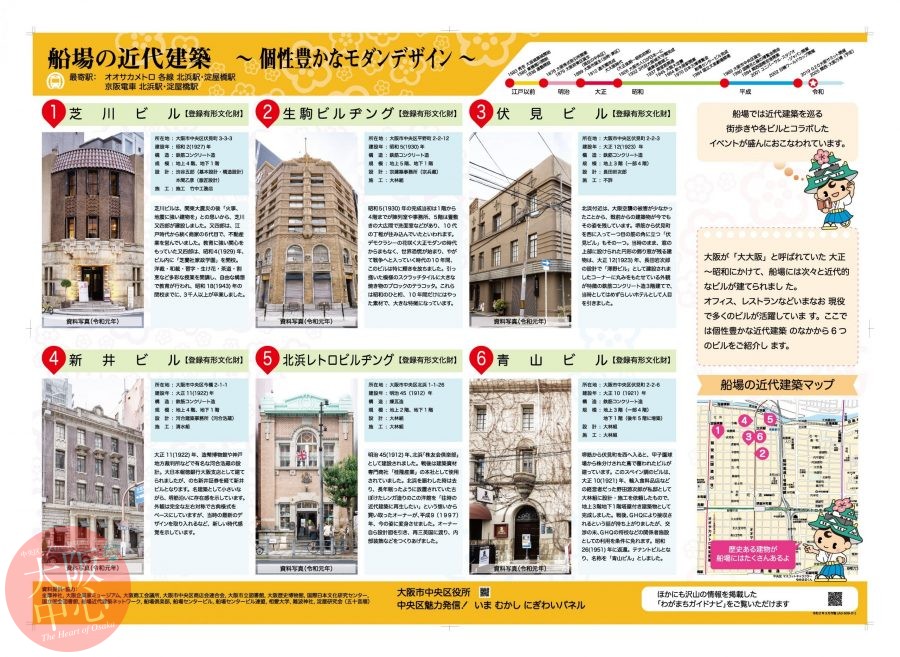
Shibakawa Building (registered as a Tangible Cultural Property) The Shibakawa …
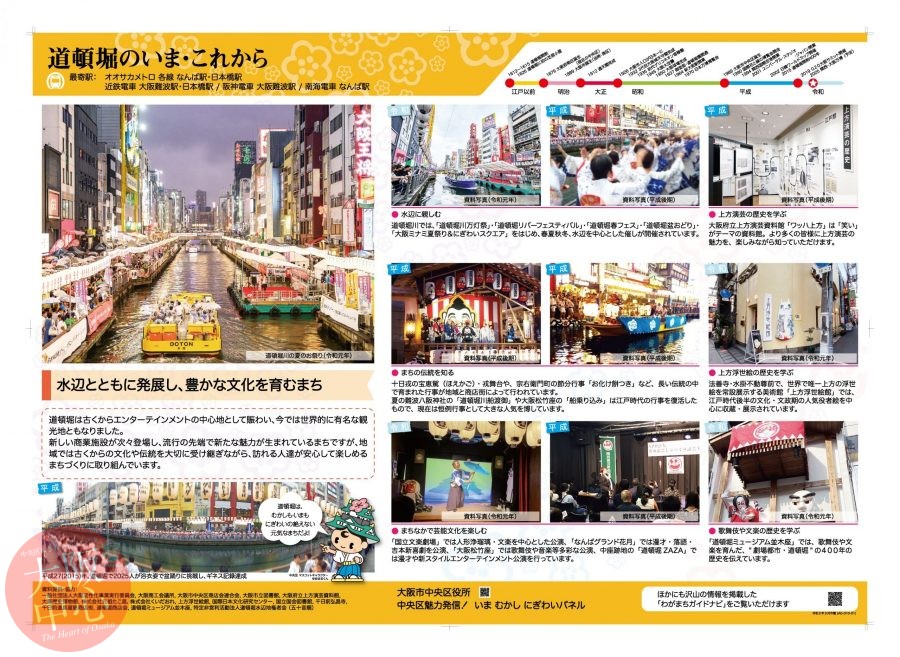
Looking to the future as we inherit and pass on tradition and culture. Semba h …